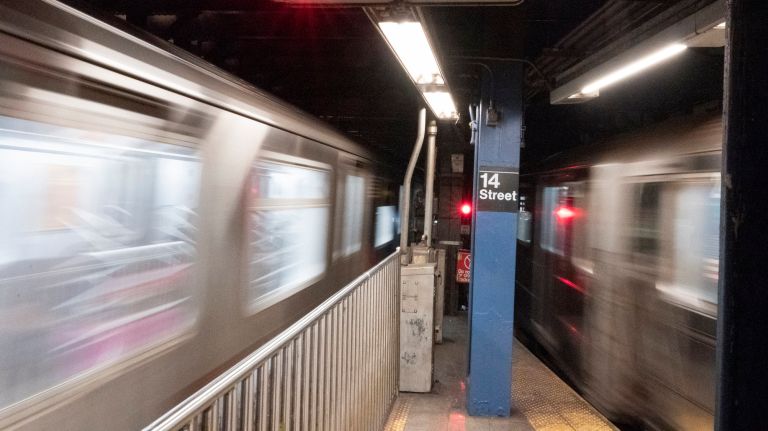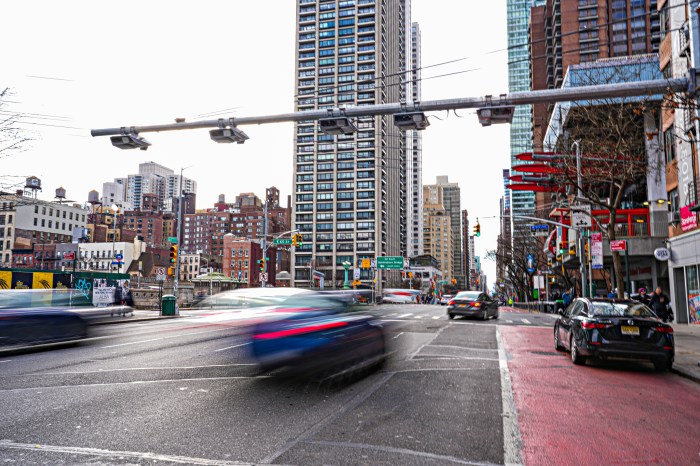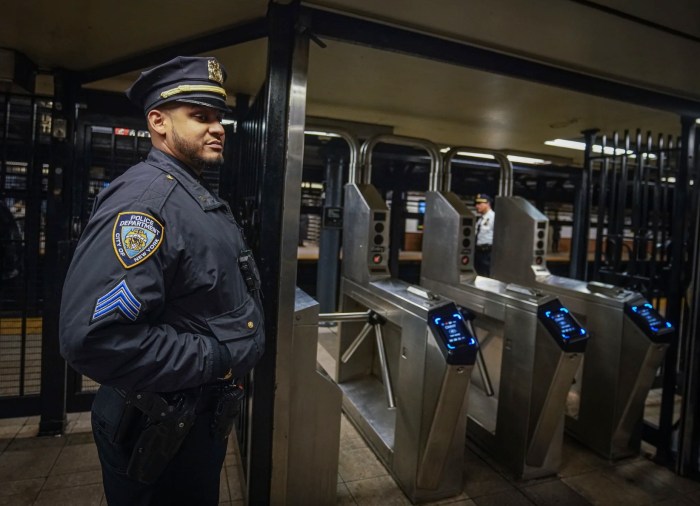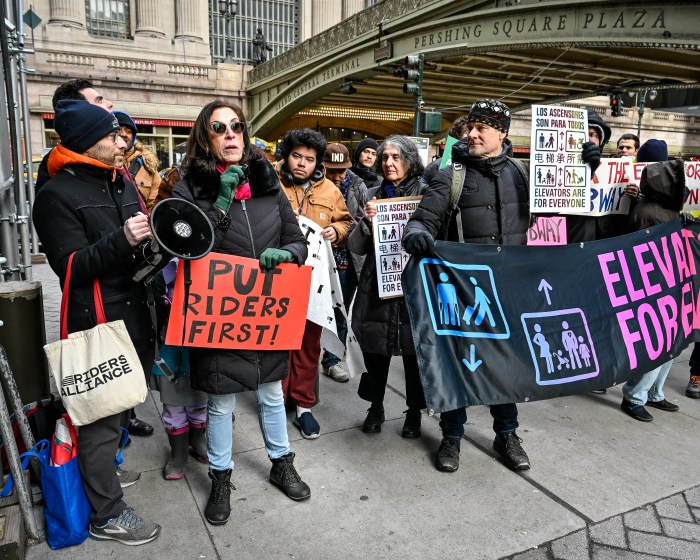
The MTA board on Wednesday unanimously voted to approve the authority’s capital plan, clearing a hurdle for the massive spending blueprint meant to improve the region’s public transit system.
The largest slice of the five-year $51.5 billion plan will be dedicated to New York City subways and buses. A total of $12.3 billion will be allocated to modernizing ancient subway signals and providing wheelchair access at up to 70 stations.
While funding has not yet been secured — and there are serious concerns lingering over whether the MTA can efficiently carry out its projects within budget and on deadline — transit officials heralded the vote as a significant step toward fixing an ailing transit system.
MTA Chairman Pat Foye called the plan “historic and transformative.”

The subway’s signal system controls the movement of trains, and with plans to replace signals along six corridors with a modern computerized equivalent, the MTA hopes to eventually dramatically increase the number of trains it can run on each line. The new wheelchair access marks some progress in addressing a system where just 25% of stations meet Americans with Disabilities Act standards.
“It’s going to make a huge difference not only for the economy of New York but for our customers at every one of the agencies,” said Foye.
Advocates wondered when that difference would be felt, as the MTA is historically late on completing its capital plans. Multiple groups worried that the MTA has not been structured to handle all the projects.
“We have major concerns about the MTA’s ability to build all of these projects within a politically viable time frame,” said Rachael Fauss, of the good-government group Reinvent Albany. “By our reckoning, billions will not be spent a decade after the plan has started.”
As the MTA tries to secure funding, the capital plan will now advance to the Capital Program Review Board — a four-person panel comprised of city and state representatives that must unanimously endorse the package.
Transit officials expect an estimated $25 billion toward the plan to come from congestion pricing in Manhattan and new state tax policies.
The MTA is asking a transit-averse federal government for an additional $10.7 billion and is seeking for the city and state to split another $6 billion in funding. The remaining roughly $10 billion will come from bonds.
Gov. Andrew Cuomo has committed to the state’s $3 billion, while Mayor Bill de Blasio in a letter to the MTA said he wanted even more commitments from the state-run transit authority before he supports the funding.
“The record level of investment by the State … is extraordinary,” said Cuomo in a statement, “but after generations of the MTA being underfunded and mismanaged, it is necessary and will pay dividends for the future of the system."
The last five-year capital plan inspired a drawn-out funding fight between de Blasio and Cuomo, but the two appeared more agreeable this time around.
De Blasio offered support for the plan, but had three asks before pledging a dollar amount: the MTA must spend its revenue from new tolls and taxes before tapping into the city’s contribution; the authority must accelerate a required independent forensic audit of the plan; and city priorities must be addressed.
Foye said considered each of those requests to be reasonable.
“We look forward to discussing the city’s priorities in the weeks ahead," de Blasio wrote in a letter to Foye.
Most board members were supportive of the content of the plan, but angered by how the MTA handled its release. The authority published the entire 240-page capital spending plan days before the board had to vote on it — and even then the plan failed to include specific details as to where certain projects would take place.
“Not only was the late delivery to us a disservice to the public and us, it lost some of the momentum that might have been built,” said MTA board member David Jones. “Rather than holding it back, if we really engaged the full board and the public as major advocates, it would make it much easier to get this through the legislature.”





































